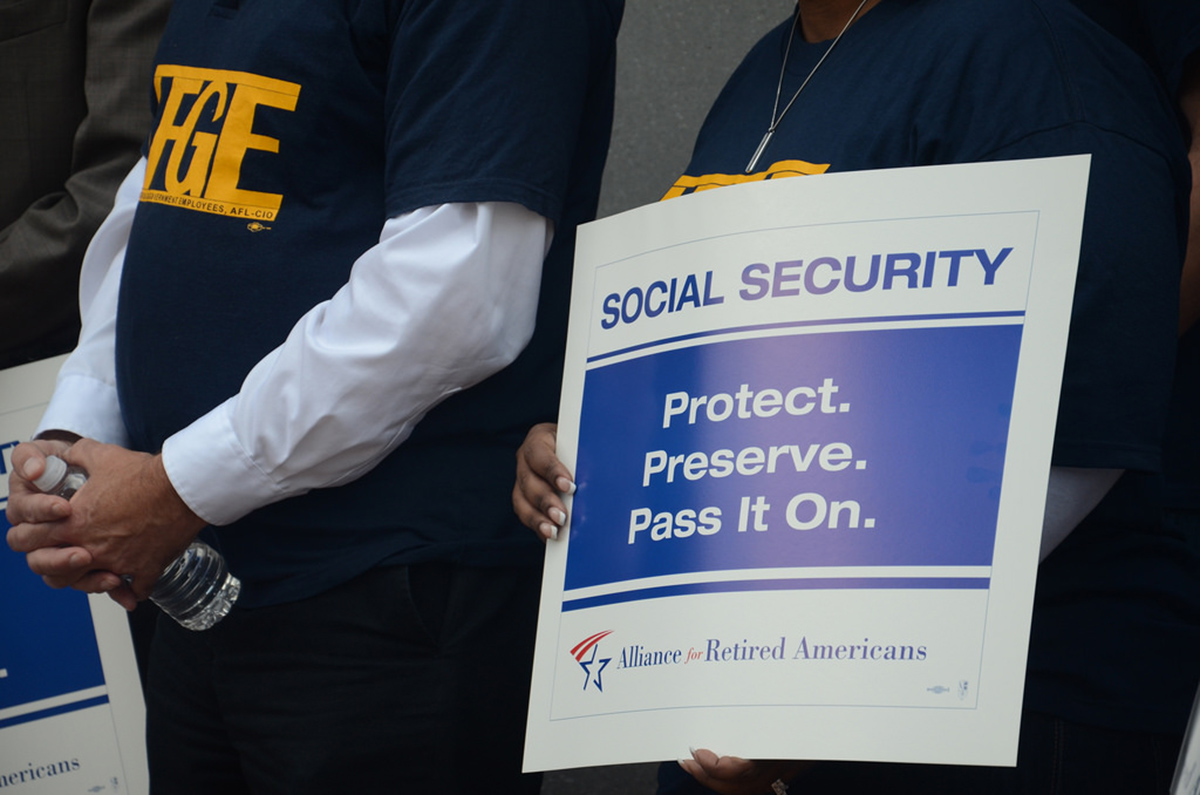Table of Contents
Medical disabilities have a way of becoming financial disasters. American rules and regulations are especially complex. Here is a brief guide for navigating the arcane process of getting on disability retirement in the USA.
The Social Security Administration has created voluminous, complex guidelines for approving disability benefits. The law requires that applicants have paid into the system for 40 quarters (10 years), unless they are especially young at the onset of disability. The law requires that a disability should be permanent, lasting a year or more, and payments are made until five months after the condition was diagnosed or should have been diagnosed.

The Social Security Administration requires disability to be total. If you are capable of working part-time, or as the agency describes it, you are capable of substantial gainful activity, from which you earn more than $1,090 a month (in 2015, the amount goes up slightly every year), or $1,820 a month if you are blind, you are not considered disabled, no matter how much you normally earn. If you do unpaid volunteer work more than 20 hours a week, you may be ruled ineligible.
Moreover, if your disability is not permanent, you will not qualify for benefits.
The peculiar qualifications of the US public disability retirement system lead to some counter-intuitive rulings:
- If you develop disabling diabetic complications because you cannot afford the insulin your doctor prescribed, you are deemed not to have cooperated with your treatment. If you develop disabling diabetic complications because you cannot see the insulin level in your syringe, then you may be disabled.
- If you have a heart attack and get a bypass or a stent, the Social Security Administration usually will assume that your treatment cured your disability and you are not disabled, unless there is clear evidence to the contrary, such as failing a stress test.
- If you suffer a series of disabilities for which you get treatment, for instance, you have a heart attack and get a stent, you have a stroke and you get rehab, you develop cancer and you respond to chemotherapy, each illness lasting less than a year, your application may be rejected on the grounds that your illnesses are "serious but not disabling."
- The Social Security rules allow for expedited payments to people who are given less than six months to live. However, if the Social Security Administration has taken more than six months to process your claim and you are still alive, it may be rejected. If you had died, it would reject your claim on the grounds that you have to be alive to be disabled.
There are many urban legends about getting disability claims approved. One of the most egregious is the suggestion that if you just tell the Social Security examiner you are suicidal, your claim will be approved.
The law actually can treat your being driven to the brink of suicide as a temporary disability, and therefore unworthy of compensation.
Actually, what you need to do to increase the likelihood your application will be approved is:
- Establish a track record of doing everything your doctor tells you to do, or documenting why you don't.
- Make sure the Social Security Administration has access to all your medical records.
- Keep every appointment (usually by phone) with every Social Security Administration examiner involved in your case, and don't neglect to go to any examinations scheduled with their doctors.
The simple fact is, doctors make mistakes, and some (although thankfully very few) doctors will intentionally sabotage your disability application. If you have anything other than a very clear case for disability, for example, you were run over by a truck and you are on a ventilator, chances are you will get a better result with the help of an attorney. The law requires that attorneys limit their fees to one-quarter of the "back pay" awarded by the Social Security Administration. This can be as little as one and one-half months' payments in very clear cases, every applicant having to wait five months (plus one month for the next payment cycle) to get paid. There are some attorneys who seem to delay your application so that they get the maximum one-quarter of two years of back pay, but sometimes you need to weigh that against the 60 to 70 percent likelihood of getting nothing at all. American Social Security is anything but friendly to applicants, it is easy to disqualify yourself, and you need an expert who doesn't get paid until you do.
Continue reading after recommendations
- David A, Morton, III, M.D. The Nolo Guide to Getting and Keeping Your Social Security Disability Benefits. Nolo Press. 2014
- Photo courtesy of me and the sysop via Flickr: www.flickr.com/photos/pyxopotamus/2150043533
- Photo courtesy of AFGE via Flickr: www.flickr.com/photos/afge/15236306437
- Photo courtesy of Joe Gratz via Flickr: www.flickr.com/photos/joegratz/117048243
- Infographic by Steadyhealth


Your thoughts on this